The physics of a squash ball’s rebound angle is a fascinating interplay between material science, geometry, and player technique. Unlike many other ball sports, squash involves a high-velocity projectile interacting with multiple surfaces in rapid succession, creating a dynamic environment where small changes in angle or force can dramatically alter the trajectory. The way the ball responds off the front wall, side walls, or floor isn’t just random—it follows precise physical principles that players can exploit to gain a competitive edge.
At the heart of understanding rebound angles is the concept of the coefficient of restitution (COR), which measures how much energy is retained during a collision. In squash, the COR varies depending on the ball’s temperature, construction, and the speed at which it’s struck. A cold, unused ball will deform less and rebound at a steeper angle, while a warmed-up ball becomes more elastic, flattening its rebound and making it harder for opponents to predict. This is why professionals often "work" the ball before a match, hitting it repeatedly to raise its internal temperature and optimize its playability.
The angle of incidence—the direction at which the ball strikes a surface—is another critical factor. In an ideal scenario, the angle of incidence equals the angle of reflection, much like light bouncing off a mirror. However, squash complicates this principle with spin, velocity, and surface friction. Topspin, for example, causes the ball to dig into the wall upon impact, resulting in a lower rebound angle. Conversely, backspin can make the ball "float" off the wall with a higher trajectory. Skilled players manipulate these effects to force opponents into awkward positions or set up winning shots.
Wall material and texture also play a subtle but significant role. Modern squash courts use smooth, durable surfaces designed to minimize erratic bounces, but microscopic imperfections and accumulated dust can still influence the ball’s path. A slightly rougher patch might reduce the ball’s speed just enough to alter its angle, turning what should have been a straightforward return into a tactical opportunity. This unpredictability is part of what makes squash so mentally demanding—players must constantly adapt to the court’s unique characteristics.
Advanced players often exploit the side wall rebound to create deceptive shots. When struck at the correct angle, the ball can carom off the side wall and front wall in quick succession, landing in a position that’s geometrically challenging to retrieve. This technique, known as a "nick shot," relies on an intimate understanding of how rebound angles compound when multiple surfaces are involved. The margin for error is slim—too steep an angle sends the ball harmlessly into the side wall, while too shallow an angle results in an easily intercepted return.
Footwork and positioning further interact with rebound physics. Anticipating where the ball will go after impact requires more than just watching its initial trajectory; elite players read subtle cues like the sound of the strike (indicating power) or the opponent’s body position (hinting at intended spin). By starting their movement before the ball even rebounds, they effectively "cheat" the laws of physics, reaching optimal positions despite the ball’s speed. This predictive ability separates recreational players from true competitors.
Interestingly, the floor’s rebound properties are often overlooked but equally vital. Unlike the walls, the floor absorbs more energy due to its construction, causing the ball to lose speed and rebound at a lower angle than expected. This is particularly noticeable on drop shots, where the ball must travel just high enough to clear the tin but low enough to prevent an easy volley. Mastering these minute adjustments allows players to manipulate the entire court space, turning defensive positions into offensive opportunities.
Equipment evolution has also reshaped rebound dynamics. Traditional gut strings allowed for precise spin control but lacked power, while modern synthetic strings generate explosive rebounds that change the angle calculus entirely. Similarly, advances in rubber compounds have led to balls that maintain consistent rebound characteristics longer, reducing the element of chance in professional matches. Yet even with standardized equipment, individual play styles ensure no two players experience the exact same rebound scenarios.
The mental geometry of squash reveals itself most clearly during extended rallies. As players exchange shots, they’re not just hitting the ball—they’re constructing sequences where each rebound angle limits the opponent’s options while expanding their own. This spatial chess game unfolds at blinding speeds, with the best players thinking several rebounds ahead. The ability to visualize these angles mid-point is what transforms physical talent into championship results, proving that squash is as much a game of the mind as it is of the body.
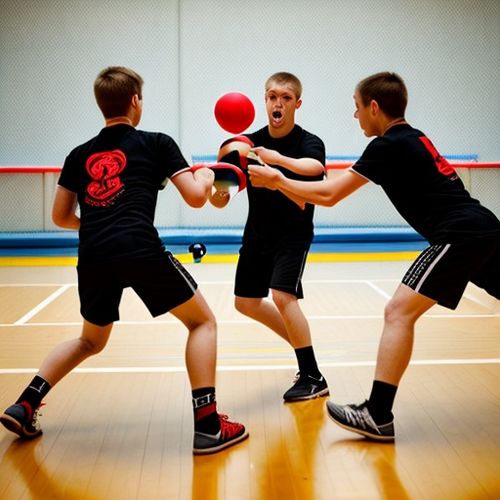
By Christopher Harris/May 8, 2025
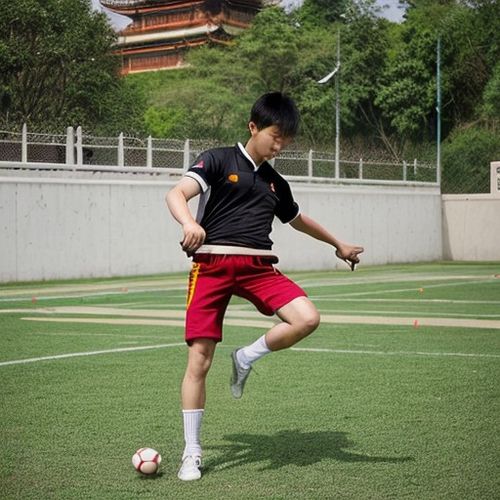
By Laura Wilson/May 8, 2025
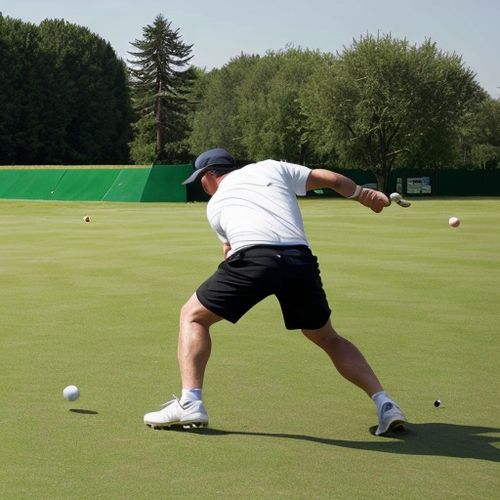
By Amanda Phillips/May 8, 2025
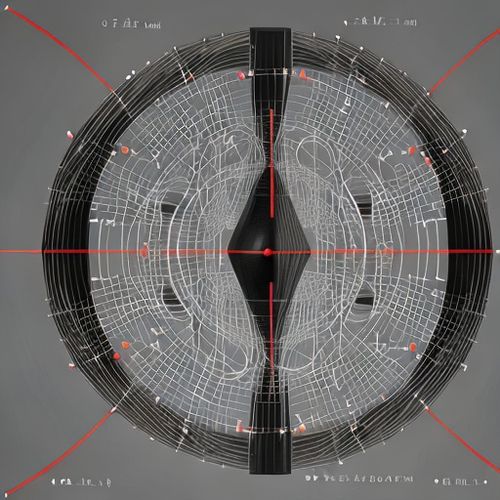
By William Miller/May 8, 2025
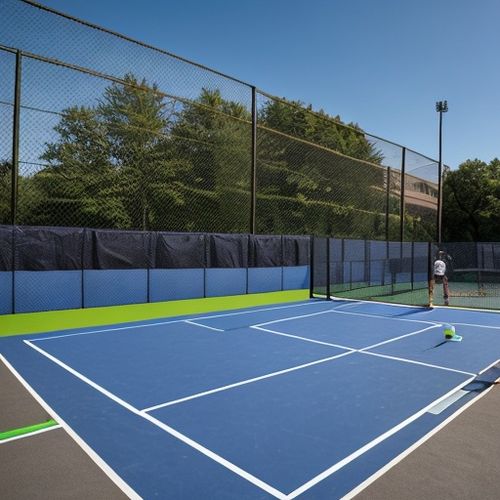
By Noah Bell/May 8, 2025
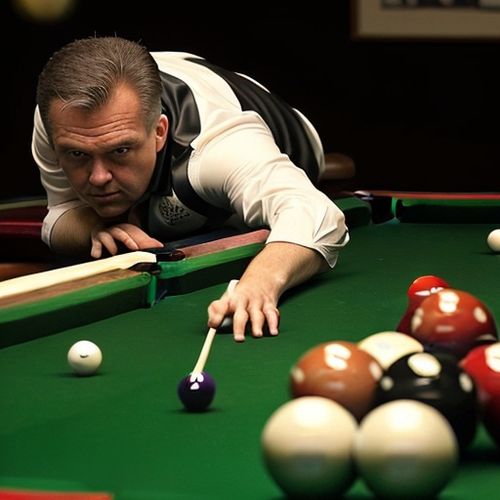
By Elizabeth Taylor/May 8, 2025
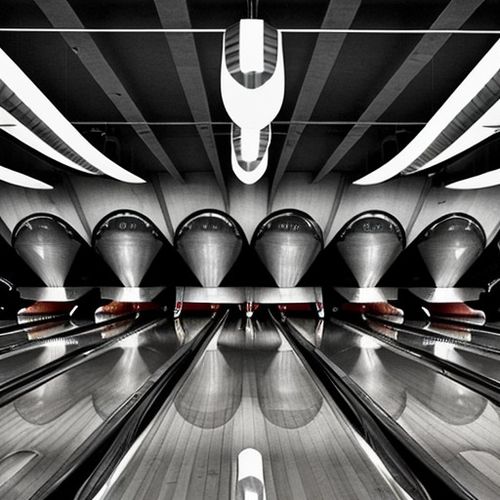
By Joshua Howard/May 8, 2025
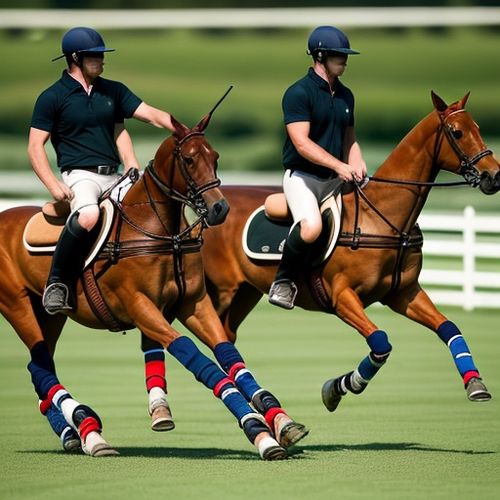
By Ryan Martin/May 8, 2025
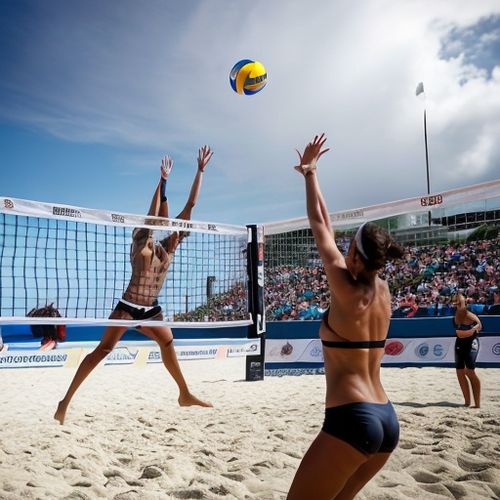
By George Bailey/May 8, 2025

By Natalie Campbell/May 8, 2025
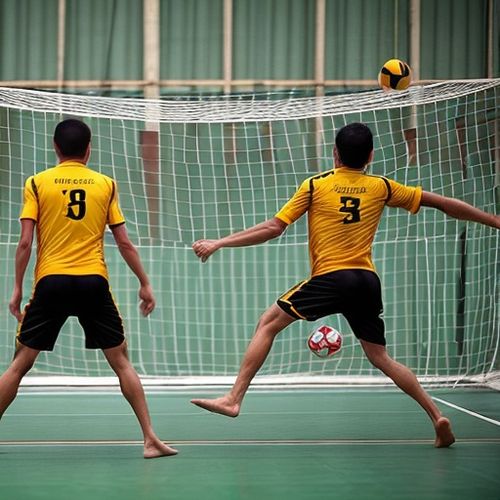
By Joshua Howard/May 8, 2025
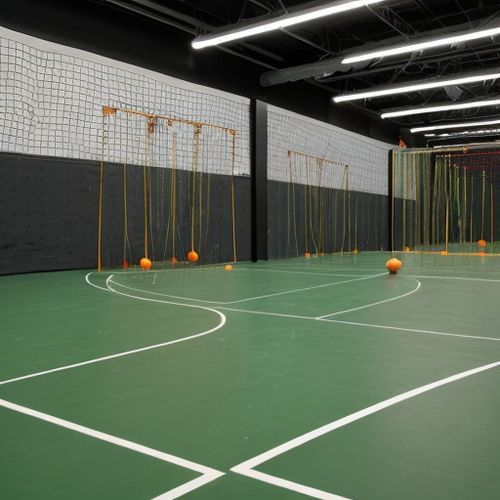
By Elizabeth Taylor/May 8, 2025
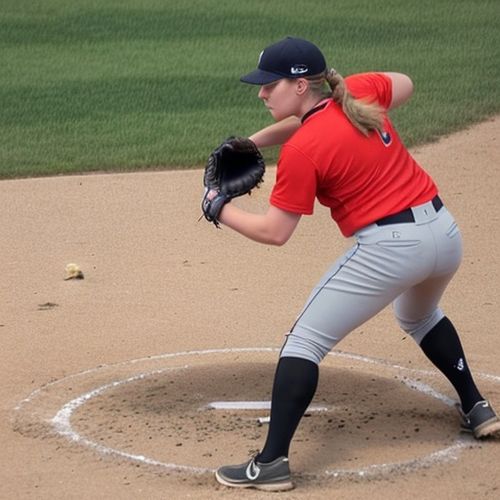
By Samuel Cooper/May 8, 2025
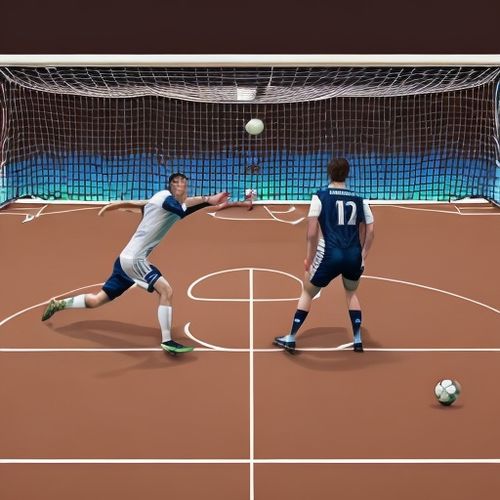
By Joshua Howard/May 8, 2025
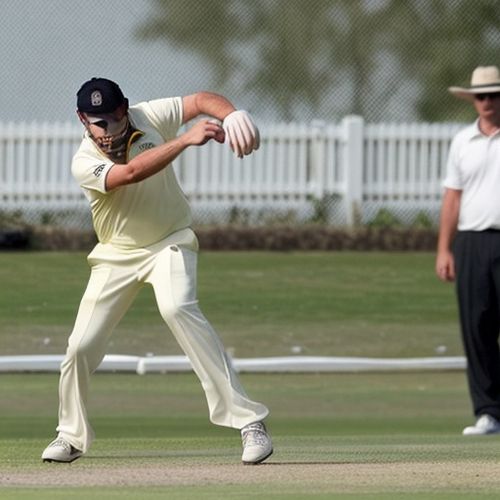
By Grace Cox/May 8, 2025
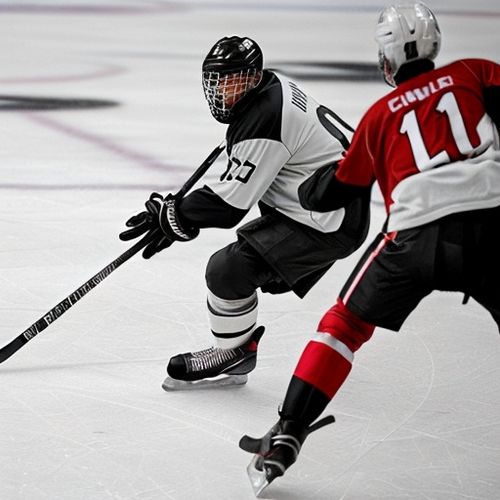
By Christopher Harris/May 8, 2025

By Samuel Cooper/May 8, 2025
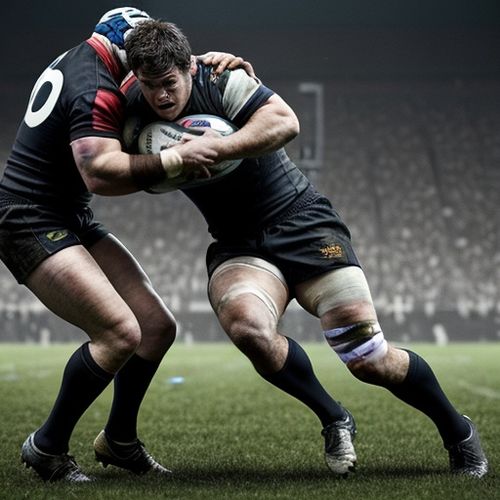
By Sophia Lewis/May 8, 2025
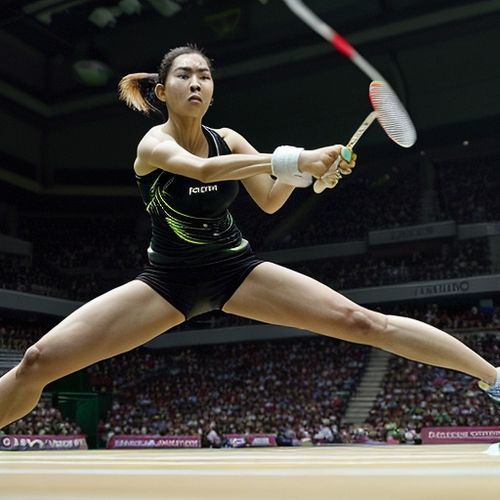
By Eric Ward/May 8, 2025
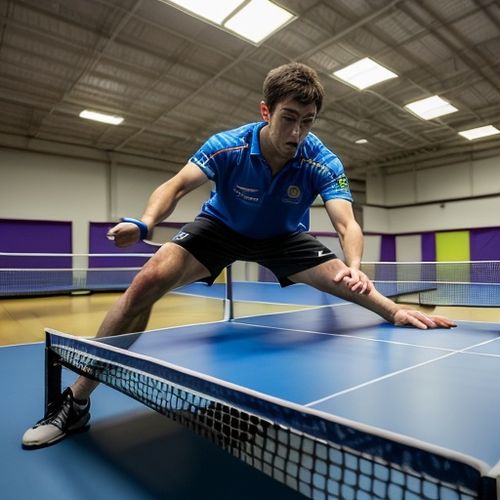
By Sarah Davis/May 8, 2025